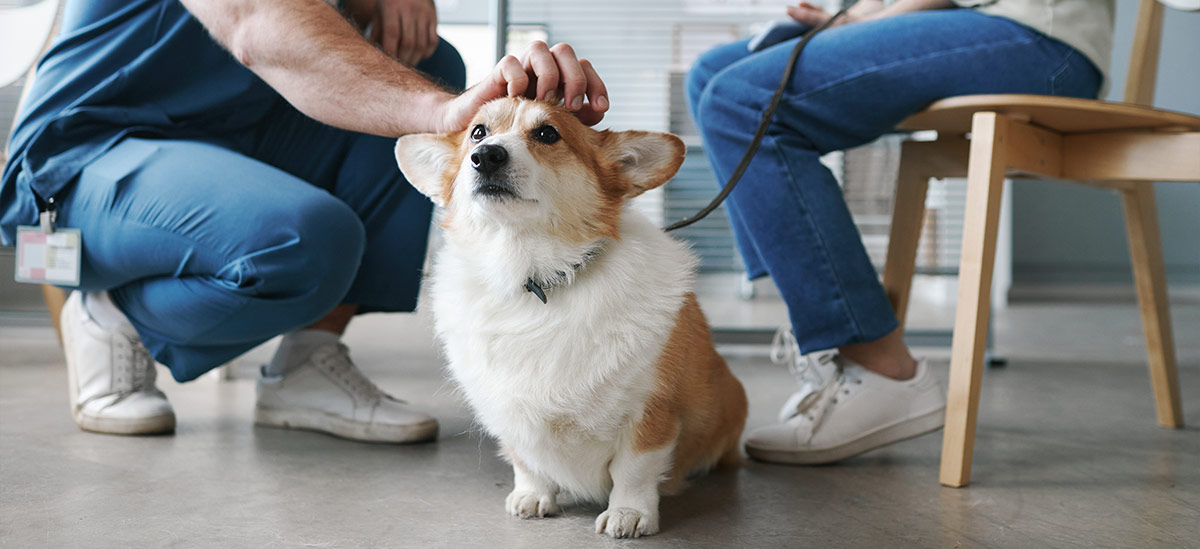
In the wake of the pandemic pet adoption boom, veterinary practices are learning to adjust to new industry trends so they can experience heightened profits.
The pet industry is on track for colossal growth, with dog and cat owners making up 62 percent[1] of the U.S. population. As the share of childless adults continues to grow, pets have become front-and-center family members. This rise in four-legged companions has catapulted profits in the veterinary industry, which is expected to generate over $150 billion by 2026.[2]
However, the market’s success is eclipsed by growing challenges such as product shortages, rising insurance rates, and provider burnout, among other issues. The bottom line is there are not enough veterinarians to keep up with the increase in new pet owners.
Fortunately, there are ways for animal hospital leaders to circumvent these obstacles and experience long-term growth. Let’s look at the ways veterinary clinics can troubleshoot common industry problems and leverage business trends and data to increase capital returns and patient satisfaction.
Pet adoption trend. The pandemic spurred a small boom in pet adoption, with newly minted remote workers eager for furry home office companions. According to the American Pet Product Association (APPA), the number of dog owners increased by six[3] percent between December 2020 and March 2021. Several studies found that the rise in work-from-home policies prompted an increase[3] in pet adoption or fostering. During the dark days of the pandemic, aspiring pet owners were placed on long shelter wait lists and veterinary practices and emergency rooms were overwhelmed with appointments.
Product boom. More pet owners means more money spent on pet food and care. Pet food sales increased 15 percent from 2020 to 2021, according to the Packaged Facts’ 2022 Pet Food in the U.S. report,[4] and the global pet food market is predicted to grow to $135 billion by 2030,[5] an approximate 50 percent increase from its current value. Market researchers partly attribute the rise in sales to inflation but also to the growing trend in frozen and refrigerated human-grade pet food. Pet owners have become more health-conscious about what they feed their animals, which means they spend more on higher-quality, fresh, and organic food. Freshpet, a refrigerated pet food manufacturer, estimates their revenue will grow between $1 billion to $1.25 billion by 2025.[6]
Inflation and Economic Uncertainty. No industry has been unscathed by inflation. The cost of veterinarian services jumped 10 percent[7] from 2021 to 2022. Staff salaries make up around half a clinic’s overall costs, and as wages increase nationally, so does pay for veterinary workers. Pet owners usually end up paying the difference. Pet insurance companies touted a whopping 5.4 million policies in 2022, a 21 percent increase from 2021. However, pet insurance policies come with the same bureaucratic bells and whistles as human ones and veterinarians are often frustrated with long reimbursement timelines and claim denials.
Staff shortages. Animal hospitals were slammed with appointments during the pandemic, which sparked a veterinarian and technician shortage. The 2019 AVMA Economic Summit predicted a 33 percent increase in pet healthcare spending by 2029, which means that the industry would need an additional 132,885 veterinary nurses[7] and technicians and 55,000 more veterinarians.[8]
In response to this widening gap in vet services, corporate clinics are rapidly acquiring local hospitals, which has only increased market competition. PNC's dedicated Healthcare Business Bankers work alongside other advisors of the animal hospital to analyze current market trends and identify growth opportunities.
Advances in Vet Medical Technology. Biosensors and wearable devices have become necessary tools for keeping track of animal vitals. More clinics are adopting 3D printing[9] for orthopedic and neurological procedures to reduce mistakes and operation time. Researchers predict that AI[10] will be incorporated into clinical practice in the near future, especially for automating x-ray analysis.
PNC can help veterinary clinics finance emerging technology with either a line of credit or small business loan. Bankers work with hospital finance staff to help them determine if the tools they need to buy are best suited for conventional unsecured loan, secured loans, SBA loan, or other government-sponsored programs.
Employee Burnout and Turnover. Burnout can be caused by long hours, animal death, client complaints, and unpredictable patient health outcomes. Recently published research[11] from the Center for Veterinary Business and Entrepreneurship at Cornell University found that more than half of veterinarians suffered from burnout, costing a clinician between two-thirds and three-quarters of their annual salary.
Burnout can’t be mitigated by the veterinarian alone; the root of workplace stress needs to be addressed by management. Veterinary practices can turn to frameworks utilized by human healthcare systems to help diminish burnout, such as PNC’s Organizational Financial Wellness program, a customizable holistic financial program. Organizations can choose from a suite of tools that help employees manage student debt and retirement investing, gain insight into their personal healthcare spending, and increase financial literacy, among others.
The continuous influx of new pet owners means veterinary clinics are poised for greater net profit. Yet, adjusting to a busier industry isn’t without its frustrations and setbacks. Clinics might have to financially strategize to bring on additional staff, deal with inflation, acclimate to new pet food standards, support employee mental health, and make expensive big tech purchases. PNC can help clinics navigate these decisions and challenges so that they can come out more profitable.




